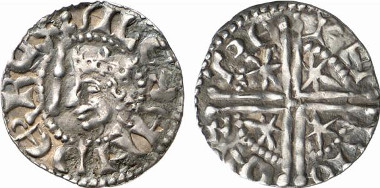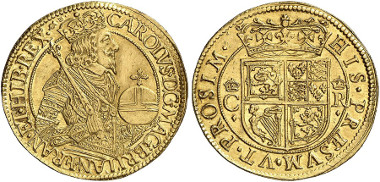by Nick Mayhew
September 18, 2014 – As the date of the Scottish referendum approaches, the question of the currency which might circulate in an independent Scotland remains largely unresolved. Before the world financial crisis of 2007/8, the Scots nationalists had expressed an intention to join the euro. However, the fall-out from the international banking crisis also revealed painful problems for the euro. Even though these problems seem now to have been largely overcome, the experience of the weaker peripheral economies within a euro zone dominated by the strong German economy has made the idea of Scottish adoption of the euro now seem much less attractive.
Edinburgh is the capital of Scotland and base of the Scottish Parliament. Photo: Nicolai Schäfer.
It has also been suggested that in the event of a ‘yes’ vote, Scotland might wish to remain within a Sterling area. While the government in Westminster has more or less rejected such a possibility, the Scots Nationalists argue that some deal would have to be struck to resolve this question if Scotland did vote for independence. Something would indeed have to be sorted out, but the level of financial control over the Scots economy which the Westminster Treasury and the Bank of England would have to exercise in order to guarantee the stability of Sterling would necessarily inflict painful restrictions on the Scottish government. In these circumstances, an independent Scotland would hardly be independent at all.
Scotland. Alexander III. Penny, n.d. (c.1250/1280), Stirling. From Künker auction 137 (2008), 3349.
Yet from the twelfth century to the early years of the eighteenth century Scotland managed its own currency. Until the middle of the fourteenth century the independent Scottish currency matched the English sterling, and the two coinages circulated together at par in both kingdoms. However, after the Black Death, Scotland began to debase – ie to devalue – its currency. There was much to be said in favour of this policy, which aligned the Scots currency more closely with those of its continental trading partners.
Devaluation also made Scottish exports cheaper abroad, and increased the size of the circulating medium in Scotland. The model of a smaller economy, pitching its currency somewhat below that of its more powerful neighbour, allows the smaller country to escape the economic consequences of decisions made by its big brother.
Scotland. Charles I. Unite n.y. (1637-1642), Edinburgh. Seaby 5531. From Künker auction 245 (2014), 222.
However, history suggests that moderate and measured devaluations too often get out of hand, generating increasingly ruinous inflation. By the seventeenth century the Scottish currency was worth no more than one twelfth the value of Sterling. This period illustrates how the two separate kingdoms and currencies were arranged under a single Stewart crown, with the Scots shilling worth no more than an English penny. Nevertheless, the continuing independence of the Scottish mint allowed the reappearance of distinctive Scottish merks, and a plentiful copper coinage. It was not till the Act of Union in 1707 that the coinages of the two kingdoms became fully one.
Scotland. Mary. Ryal, 1565, Edinburgh. Seaby 5425. From Künker auction 246 (2014), 2713.
In the twenty-first century an independent Scottish coinage under the house of Windsor might emphasize Scottish heraldic elements, and the seventeenth-century coinage provides examples of how this was done. Whether Scottish symbols would remain on the coinage of England, Wales and Northern Ireland, as part of the royal arms of the joint kingdoms, or disappear reflecting the Scottish secession from the United Kingdom would remain a ticklish question. Yet the heraldic implications of dis-union would be much more easily resolved than the economic consequences. Nowadays, the setting of appropriate interest rates has immerged as the fundamental issue. While Scotland, and indeed much of northern England, have often reasonably complained that rates set in the City of London did not take sufficient account of the needs of the whole country, government borrowing by smaller countries tends to be much more expensive. Moreover the recent experience of Iceland illustrates the vulnerability of a state with an enlarged banking sector.
Whether in the longer term an independent Scotland might truly manage to emulate the success of somewhere like Norway remains uncertain, but as far as the currency question is concerned, any transitional stage would be extremely tricky. As yet none of the currency options under consideration looks particularly attractive.
This article appeared in the August issue of ‘Money & Medals. The Newsletter for Numismatics in Britain’.
We thank the editor and the author for the permission to re-publish this text in CoinsWeekly.
For more information on the Money & Medals network go to this website.
You can see how the Scottish Government presents the referendum on the official referendum website.
Here you can find a history of England’s history told by coins.








